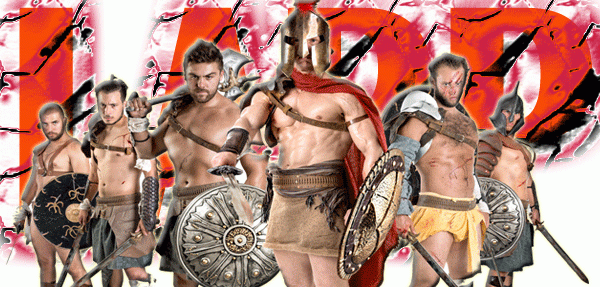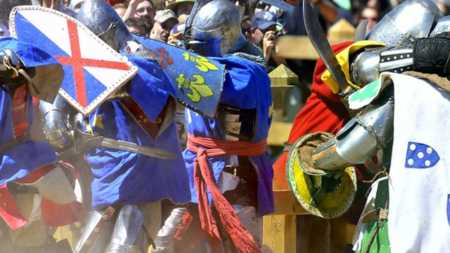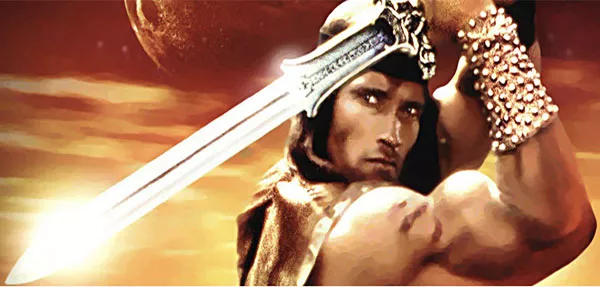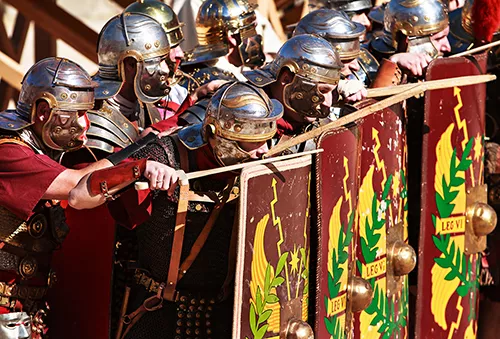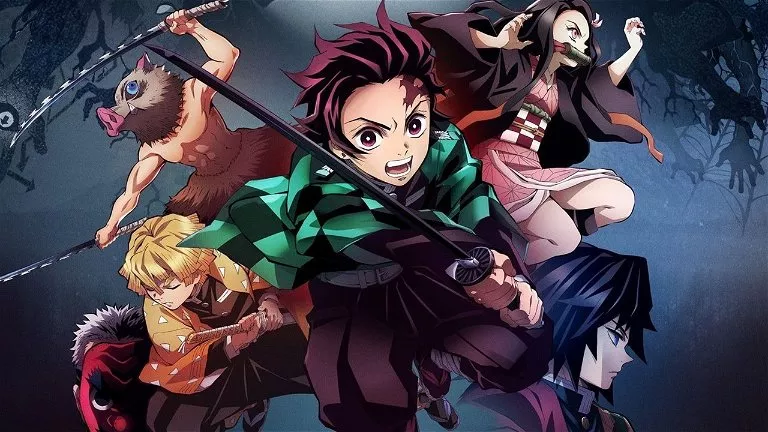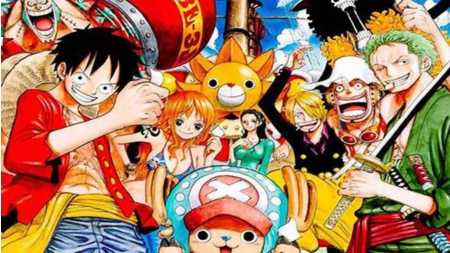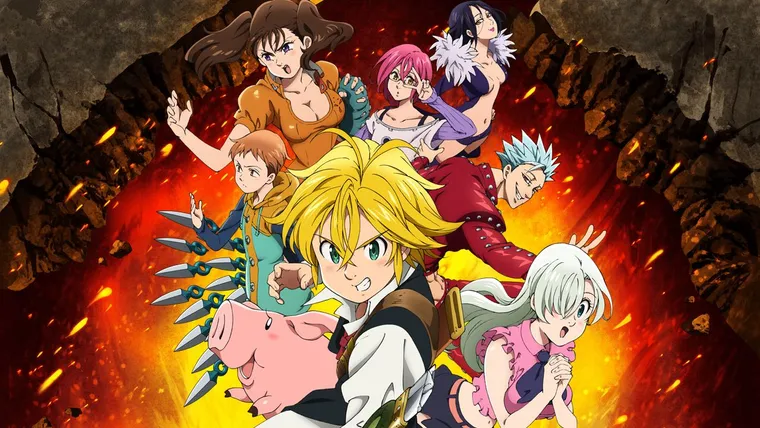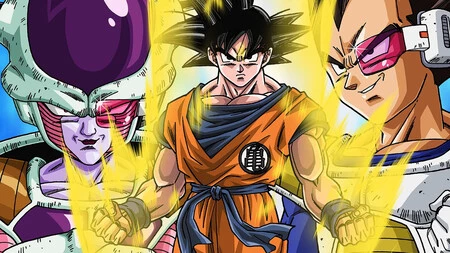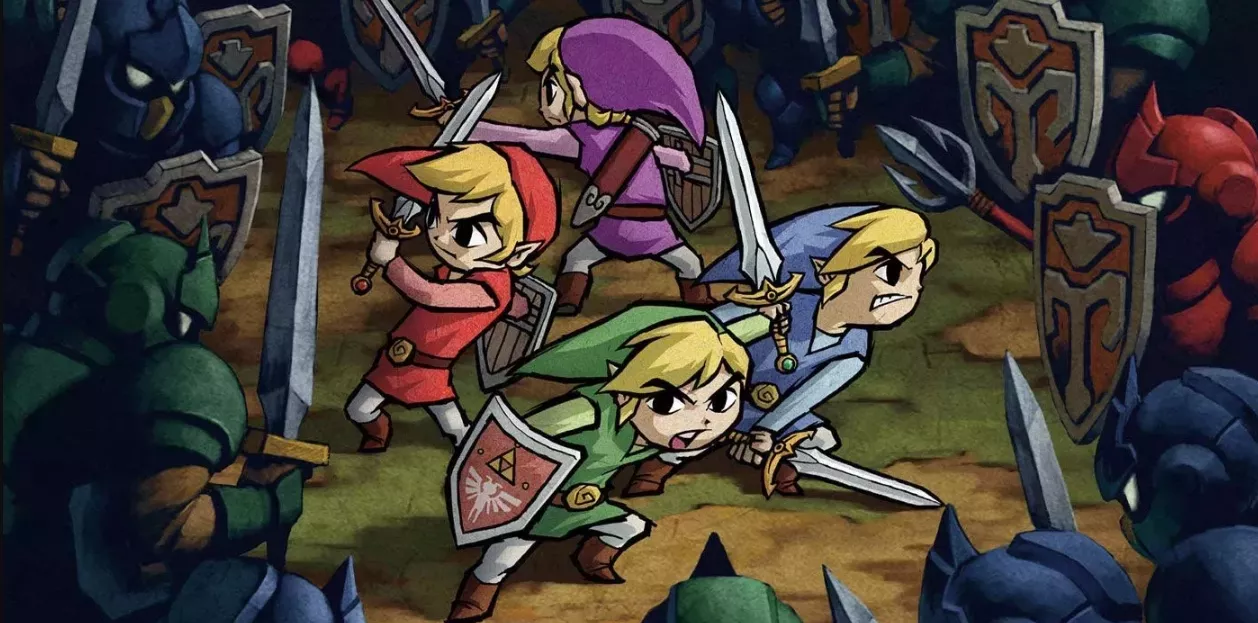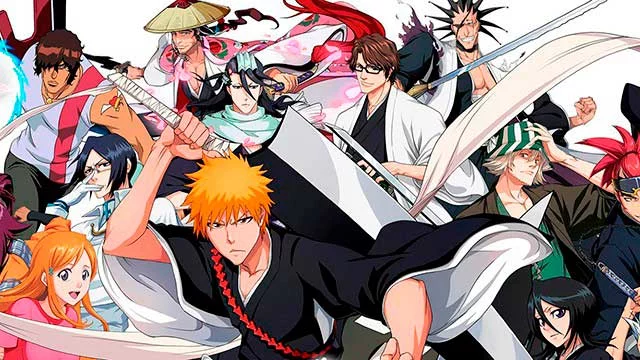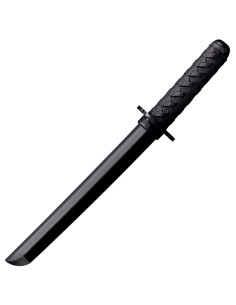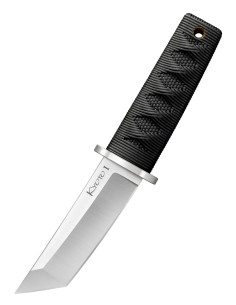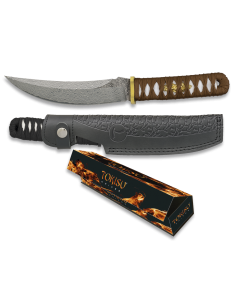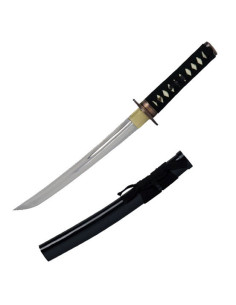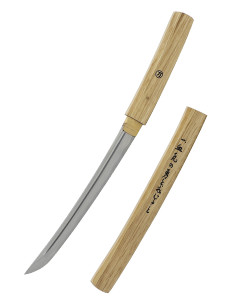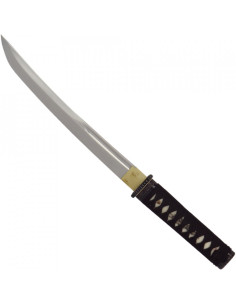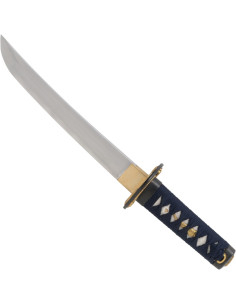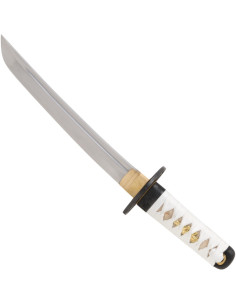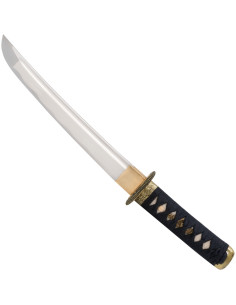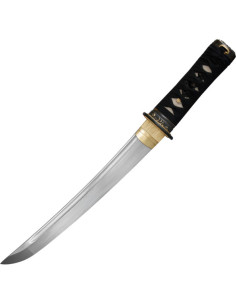Battle ready Tanto
22.08 €
Are you looking for some high-quality training? Then you have come to the right place. We present to you the Tanto manufactured by the famous American company Cold Steel, recognized for its excellence in the manufacture of weapons and combat utensils. Our Tanto is constructed from high-quality polypropylene, making it durable and sturdy. In addition, we...
37.38 €
Discover the Cold Steel Tanto style knife, Kyoto I model, a discreet but powerful option for your daily needs. While we love the power of big fixed-blade knives, we know that carrying one can attract unwanted glances. With the Kyoto, you will enjoy a compact knife that goes unnoticed without sacrificing its cutting and penetrating ability. Let's see what...
76.45 €
Looking for a high quality knife that combines style and functionality then the Tanto TOKISU Knife is just what you need. With a 15.30 cm blade made of 67-layer damascus steel, this knife offers a high precision edge and strength. Its 13.50 cm brown strung handle provides a comfortable and secure grip, and its overall size of 28.80 cm makes it a perfectly...
94.50 €
Both John Lee model Musashi Ichi forged by hand. It is a piece of Asian art with: Blade forged in carbon steel and hardened by hand. Ribbed on the blade to reduce weight The handle (Tsuka) is made of wood and covered with fish skin (Same) The hilt is wrapped (Tsuka-ito) in traditional black cotton The hilt (Tsuka) is anchored to the blade with bamboo pins...
94.50 €
Tanto John Lee Shirasaya model O-Tanto forged by hand. This Tanto is particularly long. With a total length of 57 cm, it far exceeds the usual size. Characteristic: The blades of the swords are hand forged from high carbon steel and traditionally hardened. The sharp blades are grooved with a Bo-Hi (fuller) to reduce weight. The ends of the handle are...
94.50 €
Both Japanese John Lee model Aikuchi. The Aikuchi Tanto has a hand forged carbon steel blade with a fine hamon and has been traditionally tempered. It is characteristic of this tanto that it does not present a guard (tsuba). Also notable is the shape of the Unokobi Zukuri blade, which has also been used in part with naginatas (a Japanese polearm). The...
100.30 €
Discover the fascinating world of ancient Japan with the impressive JOHN LEE IMORI TANTO. This masterpiece carries with it a rich cultural history, represented by the name 'Imori', which means 'alpine newt' in Japanese. Featured Features: Shinogi Zukuri style without fuller (Bo-Hi), hand forged from high quality 1045 carbon steel. This artisanal technique...
103.25 €
Both sharpened John Lee Shiro. Shiro (meaning 'white') has many meanings in Japanese culture. Among other things, this color represents purity and holiness, but also mourning and death. To symbolize the will to fight to the death. Characteristic: Shinogi-Zukuri style blade with fuller (Bo-Hi), hand forged in 1045 carbon steel. The blade is sharpened with...
103.25 €
Step into the mystical and auspicious world of Japan with the John Lee Dragon Tanto. Even today, the dragon plays an important role in Japan, especially during the New Year festival. Unlike mysticism in the Western world, the dragon is a mythical creature of good luck. The tsuba of this incredible sword forms a dragon that surrounds the blade, giving it a...
112.32 €
Both Japanese John Lee Dragon model. Even today, the dragon plays an important role in Japan, especially during the New Year festival. In contrast to the Western word mysticism, the dragon is a lucky mythical creature. The tsuba of this amazing sword forms a dragon that surrounds the sword. Characteristic: Shinogi Zukuri style sword with fuller (Bo-Hi),...
146.20 €
The Golden Flower Tanto features an extraordinarily beautiful tsuba, which was undoubtedly made by a great master in the 18th century. Since they did not sign their work, unlike blacksmiths, the creators are not known by name. The tsuba was elaborately decorated with golden cherry blossoms (sakura). The cherry blossom is one of the most important symbols...
151.88 €
Increase your martial arts collection with this Hanwei Practice Tanto! This tanto is a true gem made by Hanwei, giving you the opportunity to own and use a quality sword at an affordable cost. An essential complement for any martial artist who wants to improve their technique. The Practical Tanto is forged from high-quality steel and differentially...

